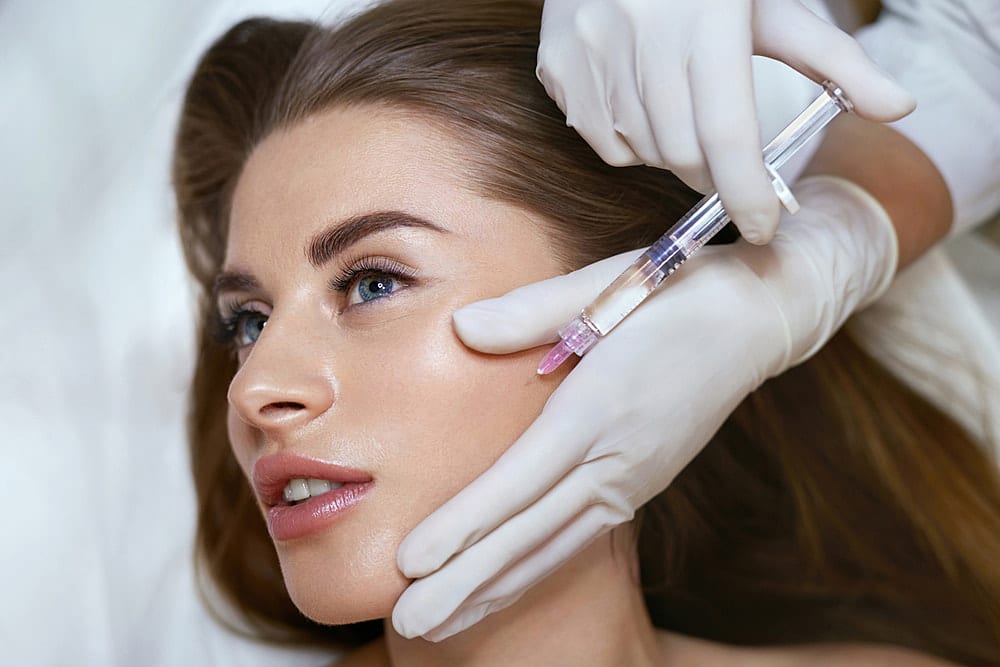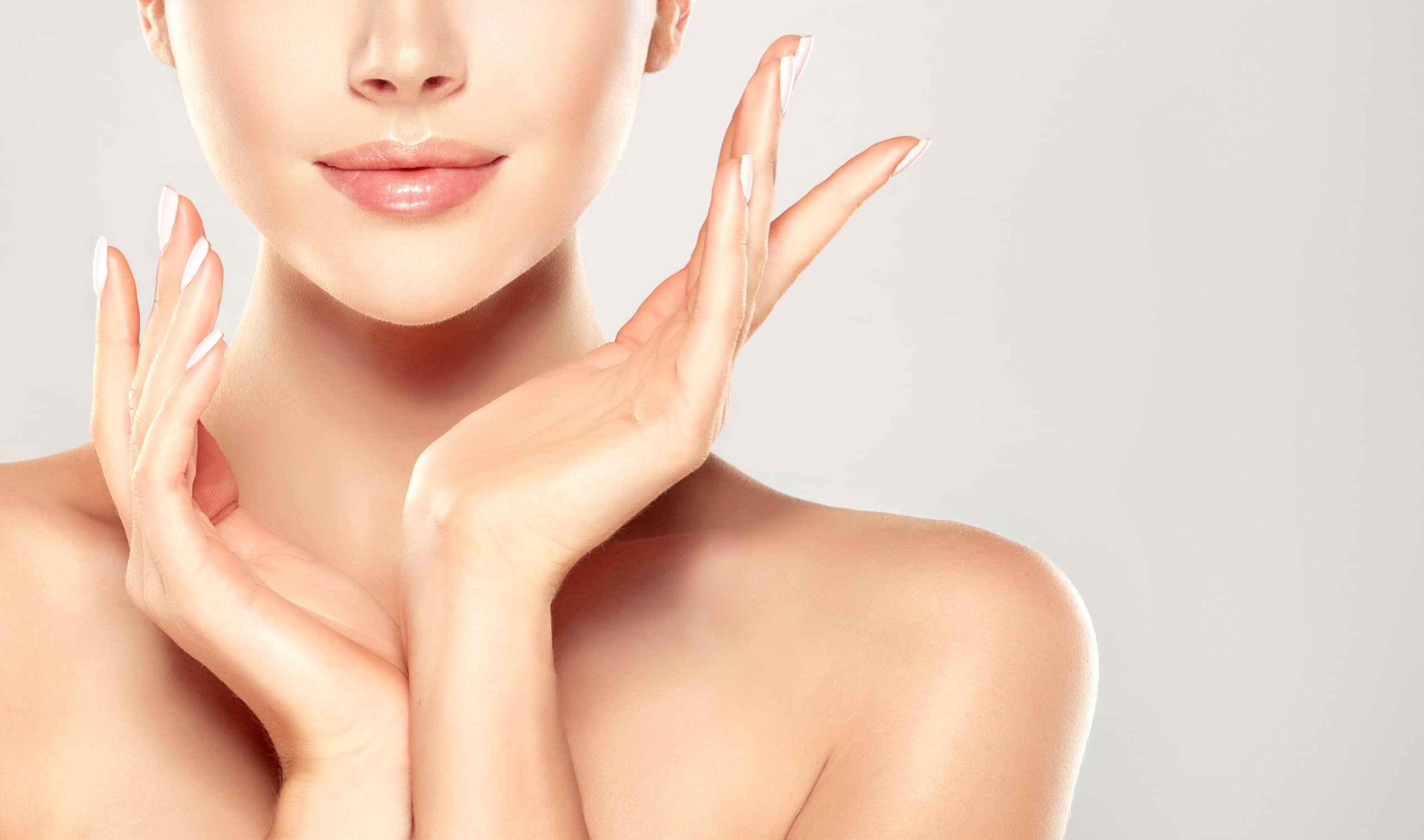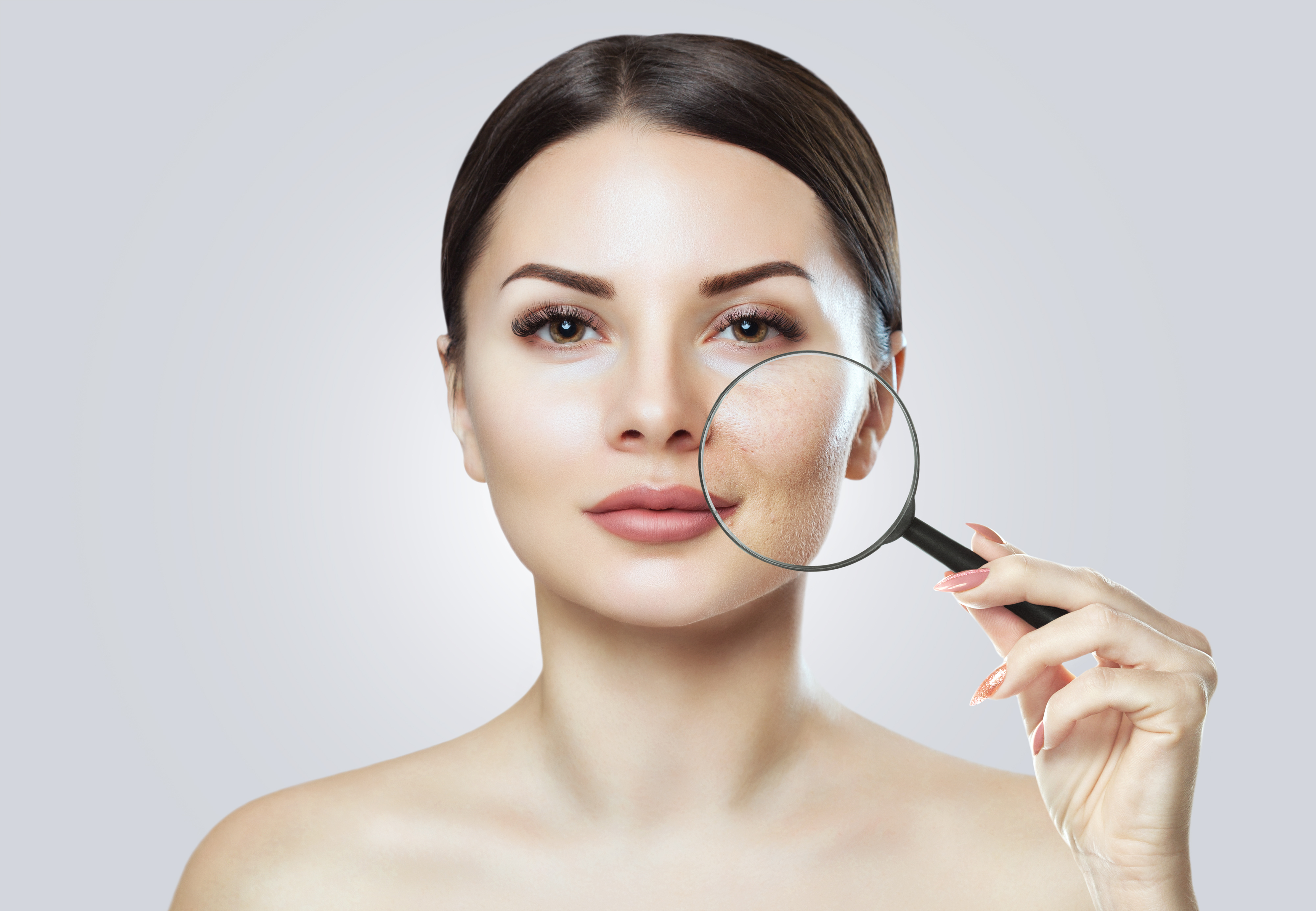
Skin Rejuvenation Vs Skin Resurfacing – What is the Difference?
- February 3, 2022


Youthful skin often looks radiant, smooth, without any marks or sagging and fine lines. But time often results in the effects of ageing, especially if there have been many years of unprotected sun exposure. This results in skin imperfections like uneven skin tone, fine lines, wrinkles, hyperpigmentation or sun spots (fun fact: that they are also called ‘liver spots’ due the fact that they were once incorrectly believed to be caused by liver problems!), and eventually sagging or droopy skin that has lost its radiance. The terms ‘skin resurfacing’ and ‘skin rejuvenation’ may get thrown around interchangeably, but they are not quite the same thing.
Rejuvenation treatments are anything that makes the skin look better – either procedures in-clinic or skincare products used at home. Meanwhile, resurfacing refers to a treatment that physically removes the top layer of the skin. Hence, resurfacing happens to just be one way to accomplish skin rejuvenation. Still not quite clear on the terms? This article will help to clarify Skin Resurfacing vs. Skin Rejuvenation treatments so that you can begin to understand what those terms really mean for your skin journey!
As mentioned, skin rejuvenation can literally be any treatments or procedures that helps to ‘rejuvenate’ your skin and make it look even better than before. Although it may not bring you back to your youth, skin rejuvenation treatments can go a long way in helping you regain back hydration, skin elasticity and volume, and a radiance that may have been long lost.
Some types of skin rejuvenation involve injectables. This can be things like Botox, wrinkle fillers, or any form of dermal fillers which include hyaluronic acid and non-hyaluronic acid fillers. Botox and wrinkle fillers aim to reduce the appearance of wrinkles and that can give a smoother skin texture. Dermal fillers can help to rejuvenate how the skin looks as they help to volumize areas that may have sagged or started sinking in due to loss of collagen and elastin in the skin during ageing, and Skinboosters help to hydrate your skin from the inside out. Skin rejuvenation can also include topical products, which are products that you use on the top of your skin, like retinol, hydroquinone, or Cysteamine cream. Even Vitamin C serums can be considered a topical product for skin rejuvenation, as studies have shown that it can reduce pigmentation and stimulate collagen synthesis in the skin over time to produce a brighter skin tone.
Also Read: Reasons Why Anyone Would Need Skin Rejuvenation Treatments In Singapore
Skin resurfacing is also another form of skin rejuvenation! The specificities of it will be discussed in the next section, but basically, skin rejuvenation is an umbrella term that includes any treatment which assists the skin to look better and more youthful.

Skin resurfacing takes many forms and they represent treatments that help to remove damaged skin from the skin’s surface. Skin resurfacing takes advantage of a natural biological process called ‘desquamation’ that is the shedding of the outermost layer of the skin. The top layers of skin cells and debris are physically removed, although perhaps not always in the same intensity or depth depending on the type of skin resurfacing treatment. Some treatments are gentler and focus on the surface of the skin, whereas other procedures may go deeper and require a longer recovery time. These techniques include:
To answer the question of which is better between the two, the phrase ‘It depends’ really provides the best response. If your main aim is just to maintain your skin’s youthful condition or prevent ageing, most mild skin rejuvenation procedures like Skinboosters would fare well enough. With more complex cases like major collagen loss or major scarring, dermal fillers or laser skin resurfacing would then be considered ‘better’!
There are various skin rejuvenation treatments that can help to improve your confidence without make-up depending on your skin condition – smooth wrinkles away by topical retinol creams, Botox or filler injectables, and even some forms of laser skin resurfacing like Clear + Bright laser. Dehydrated and sagging skin? Skinboosters or Profhilo fillers can help to rejuvenate and plump up your skin. Acne scars? Skin rejuvenation treatments that range from ‘light’ to ‘more intense’ like chemical peels, Pico laser, or even Fractional CO2 lasers for more severe scarring can assist with that. Sun spots and pigmentation issues? There is a whole range of skin rejuvenation procedures that aim to break down pigments and give you brighter and more even skin!
What we’re saying is that anybody looking to gain more confidence in their bare skin should consider skin rejuvenation treatments!
After reading this article on Skin Rejuvenation vs. Skin Resurfacing treatments and you’re ready to begin to improve the appearance of your skin, get in touch with us at SL Aesthetic Clinic for a tailored skin assessment with one of our certified professionals. We will recommend the right treatments and skincare products for your skin concerns and needs, according to your skin care goals. Book an appointment with us by calling your nearest branch today.
Like what you read? Share them!